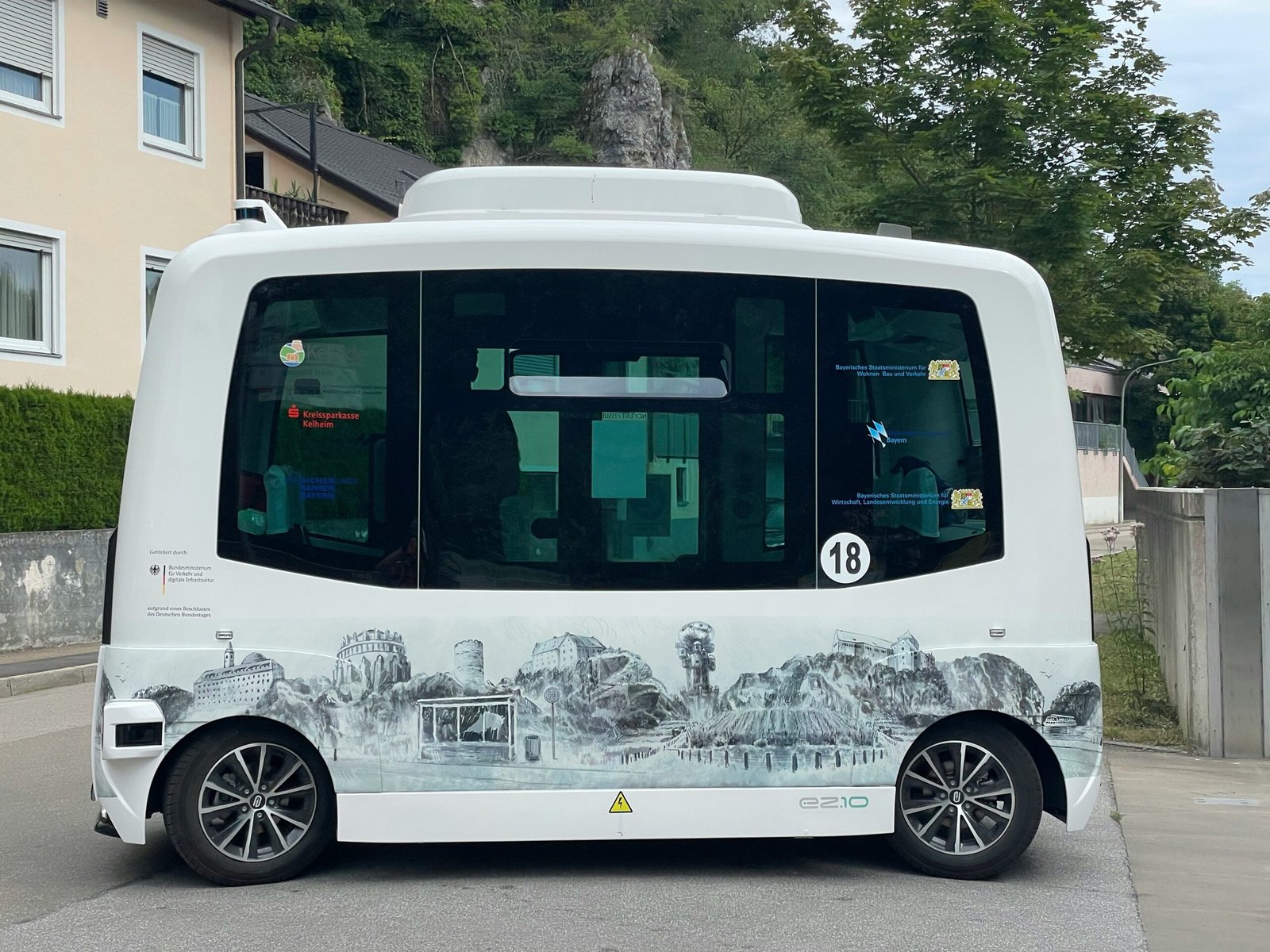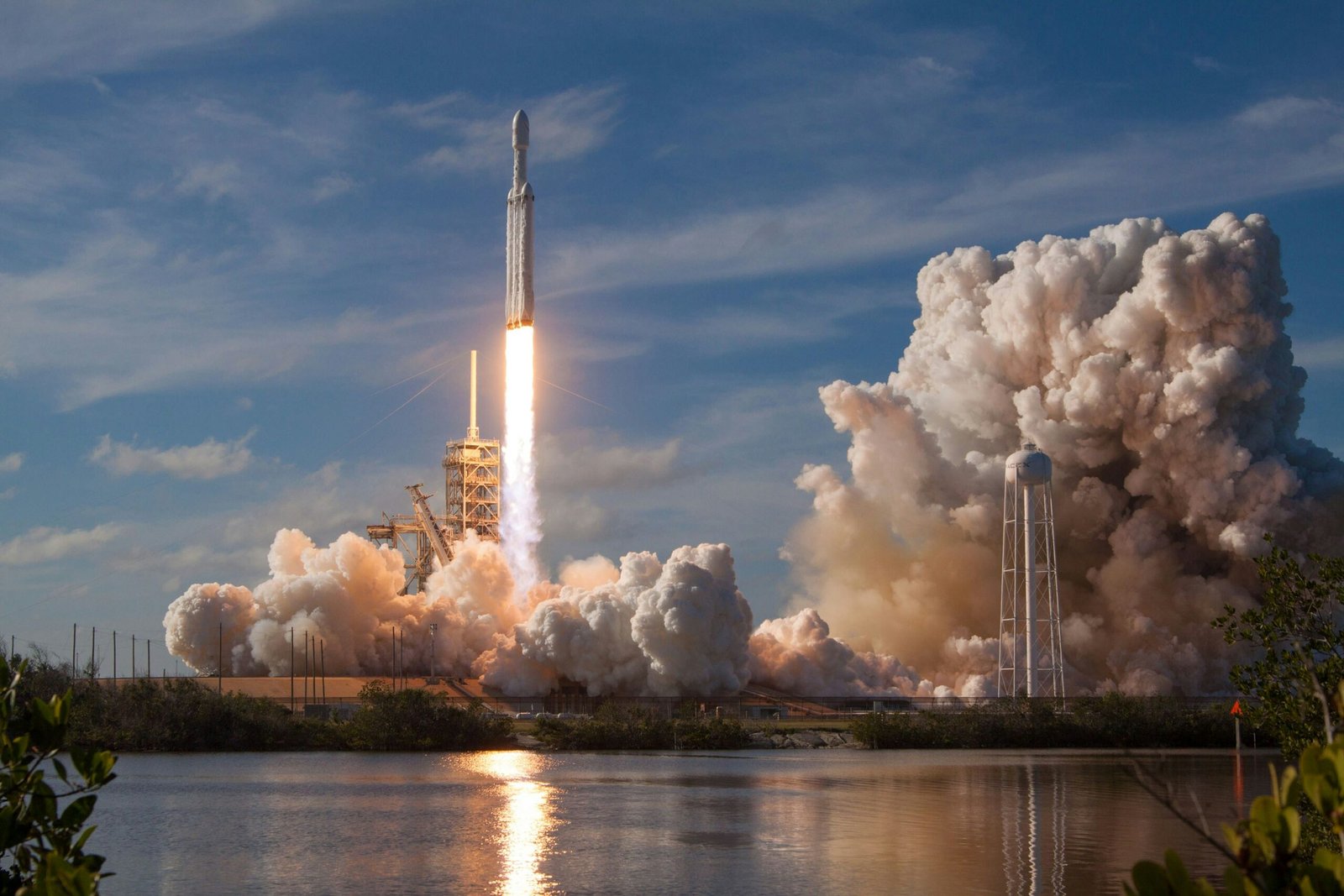Introduction
Autonomous vehicles have the potential to revolutionize the way we travel, offering increased safety, efficiency, and convenience. However, with this new technology comes a host of legal challenges, particularly in the realm of liability insurance. As autonomous vehicles become more prevalent on our roads, it is crucial to navigate these challenges and establish a framework for determining liability in the event of an accident.
The Current State of Liability Insurance
Currently, liability insurance for autonomous vehicles is a complex and evolving field. Traditional auto insurance policies are designed with human drivers in mind, and they do not adequately address the unique risks and responsibilities associated with autonomous vehicles. As a result, new insurance models and regulations are needed to ensure that all parties involved are adequately protected.
One of the key challenges in determining liability for autonomous vehicles is the question of who or what is responsible in the event of an accident. Unlike accidents involving human drivers, where liability is typically assigned to the driver at fault, accidents involving autonomous vehicles may involve a combination of factors, including the vehicle’s software, hardware, and the actions of other drivers on the road.
Establishing Liability
One possible approach to determining liability for autonomous vehicle accidents is a shared responsibility model. Under this model, liability would be assigned to multiple parties based on their level of contribution to the accident. For example, if a software glitch in the autonomous vehicle’s system caused the accident, the manufacturer of the software could be held partially liable. Similarly, if another driver’s reckless behavior contributed to the accident, they could also be assigned a portion of the liability.
Another approach is a strict liability model, where the manufacturer of the autonomous vehicle would be held fully liable for any accidents involving their vehicles. This model would place the burden of ensuring the safety and reliability of the technology squarely on the shoulders of the manufacturers. While this approach may simplify the process of determining liability, it could also stifle innovation and place an unfair burden on manufacturers.
The Role of Government and Regulation
Given the complexities involved in determining liability for autonomous vehicle accidents, it is essential for governments to play a role in establishing clear regulations and guidelines. These regulations should outline the responsibilities of manufacturers, operators, and other stakeholders, as well as the process for determining liability in the event of an accident.
Government regulation can also help ensure that liability insurance is readily available and affordable for autonomous vehicle owners and operators. As the technology continues to advance and become more widespread, it is crucial to have insurance options that adequately cover the unique risks associated with autonomous vehicles.
The Importance of Data and Technology
In order to effectively navigate the legal challenges surrounding liability insurance for autonomous vehicles, it is essential to have access to accurate and reliable data. This data can help determine the cause of accidents and assign liability accordingly.
Advancements in technology, such as sensors and cameras, can also play a crucial role in determining liability. These technologies can provide valuable evidence in the event of an accident, helping to establish the sequence of events and identify any contributing factors.
The Future of Liability Insurance for Autonomous Vehicles
As autonomous vehicles become more prevalent on our roads, the field of liability insurance will continue to evolve. It is likely that new insurance models and regulations will be developed to address the unique challenges posed by this technology.
Additionally, advancements in artificial intelligence and machine learning may play a role in determining liability for autonomous vehicle accidents. These technologies have the potential to analyze vast amounts of data and identify patterns and trends that can help assign liability more accurately.
Conclusion
Liability insurance for autonomous vehicles is a complex and rapidly evolving field. As this technology becomes more widespread, it is crucial to navigate the legal challenges and establish a framework for determining liability in the event of an accident. Government regulation, access to accurate data, and advancements in technology will all play a crucial role in shaping the future of liability insurance for autonomous vehicles.










